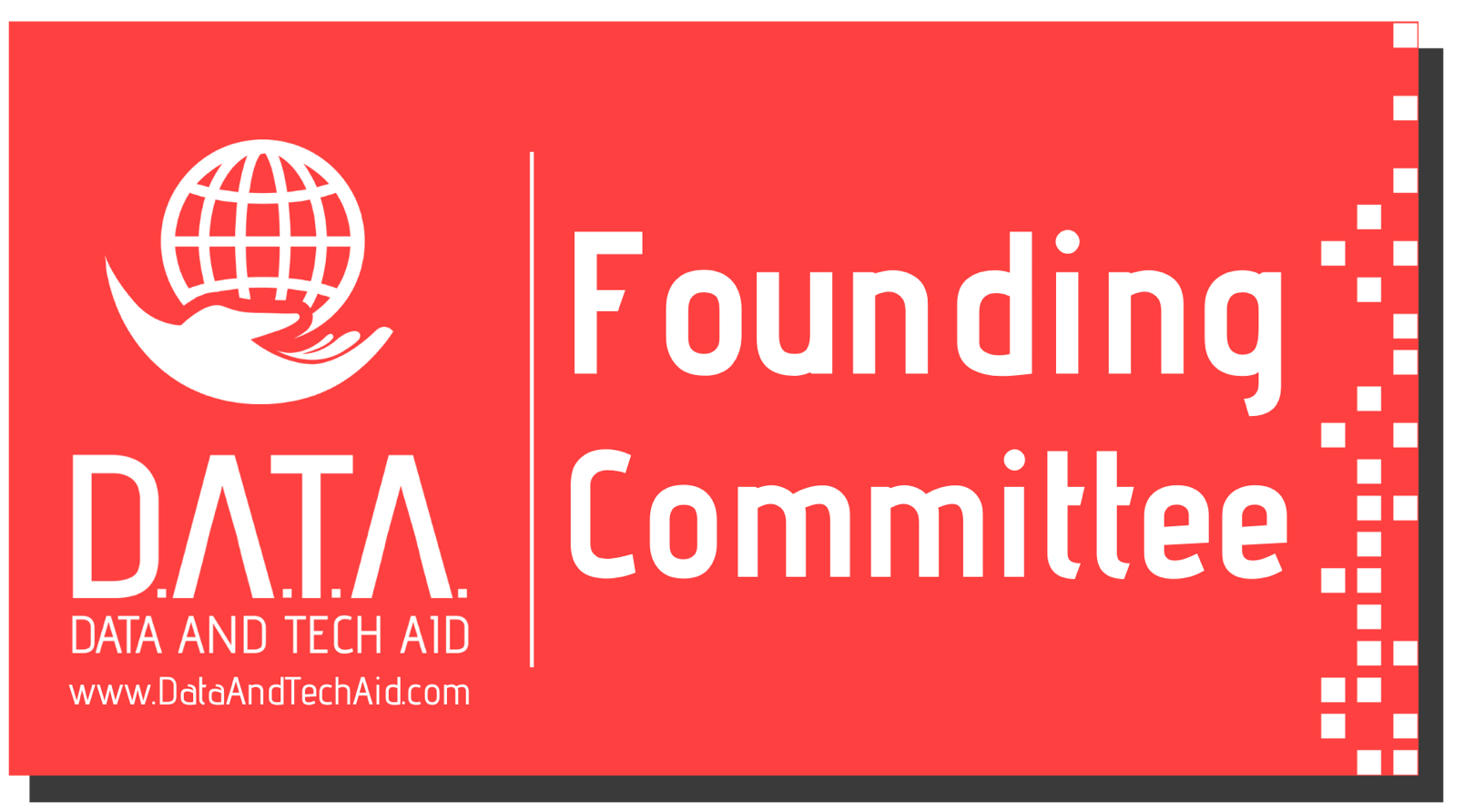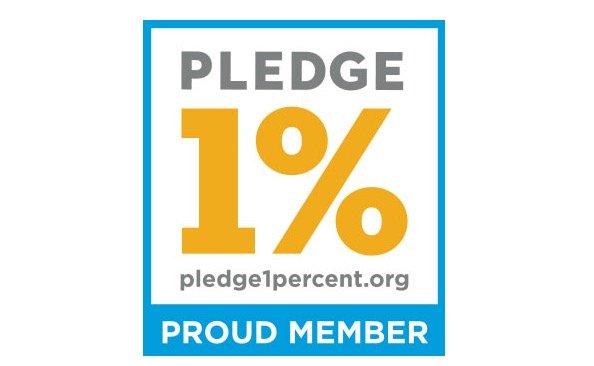Make Sure you Follow These Practical Steps for Creating a Business Glossary
/I’ve recently launched a new course: An Introduction to Data Governance Using Collibra and in order to ensure that attendees on this course have access to the best combination of both business (my focus) and technical skills, I have teamed up with a leading Collibra expert and Implementation Partner Carl White. As you know I like to use this blog to share practical advice to help you with your Data Governance initiatives and I thought that this new collaboration gave me an opportunity to ask Carl for his views on the best way to approach a typical activity for organisations embracing data governance - creating a Business Glossary.
Firstly, what is a business glossary?
In a nutshell, it’s the place where important business terms are clearly owned, articulated, contextualised and linked to other information assets (e.g. reports). For example you will have a list of terms, what that means in business terms, who owns that data and then information such as which systems and processes it is used in.
A Business Glossary seems a fairly straightforward deliverable, surely it’s very easy to create one?
It seems straightforward but there will inevitably be many stakeholders, all of whom differ in their understanding, expectations, requirements and commitment. Enthusiastic stakeholders will expect the Business Glossary to store everything and solve all problems related to business semantics. Uncommitted stakeholders might see it as a valueless exercise. If it is not carefully positioned, the glossary can quickly become an unstructured dumping ground, ironically reflecting the reason the organisation needed one in the first place.
So what do you recommend that anyone creating a Business Glossary does first?
It’s critical to identify a focus area within the organisation where sponsorship is strong but a lack of clarity has caused problems. Canny sponsors will usually be aware of a particular domain or business area where terms are problematic, for instance, a certain set of management reports where Finance and Sales teams don’t even realise they define terms differently.
Once you have agreed a focus for your pilot what should you do next?
Starting with the sponsor, engage key stakeholders within the focus area to define a limited scope with clear and measurable outcomes that all stakeholders see as valuable to them.
Who do you consider ‘key stakeholder’ do you mean the really senior people in that area or the more junior people that really do the work?
Both senior and junior people have a part to play. Senior people will be accountable for terms and will want to review and approve definitions. Junior people will tend be more involved on a day to day basis so they often know more about the issues. There’s a collaboration to set up through the glossary in which the junior people begin articulating terms and the senior people review and approve. The collaboration is as important as the final definitions, in my opinion, as it leads onto generally better practice like clear accountability with data.
Once you have your area for your pilot identified and stakeholders engaged, what’s next?
Collect a small volume of the most problematic terms, perhaps in an Excel workbook. Identify stakeholders who are willing to act as owners of the term and others who are willing to articulate the term. Encourage stakeholders to be rigorous with their definitions and the information they keep on the terms. I’ve seen so many definitions along the lines of Customer Type - the type of customer’ but this tells me nothing about the possible values, who uses the term, why it matters, who wrote the definition, who approved the definition, when it might no longer apply and so on.
And once you’ve got them working, you move onto another area?
Not quite, creating data glossaries is very much an iterative process. Once your stakeholders become involved they are likely to think of more information that they would like to add to the glossary. So after the pilot stage it is important that you review the pilot to determine whether all the required information has been collected whether changes are required before rolling the process out across the rest of your organisation.
And can all of this can be done in Microsoft Excel?
You can get a fair way along the journey with Microsoft Excel but the collaboration we talked about earlier includes an element of workflow, terms need to be very easily accessible to all users and changes to the glossary need to be tracked and understood. However, an organisation can start the process using Excel in order to begin their journey and really understand what they need. I would recommend starting small to understand the benefits. Once these are clear and there’s a head of steam, I’d strongly recommend making an investment in a tool.
I hope you have found this advice from Carl useful, if you want to learn where a Business Glossary fits in a data governance framework and even have an attempt at creating your own one in Collibra, why not come along and join us both on An Introduction to Data Governance Using Collibra on 7 September in Central London.
My free report reveals why companies struggle to successfully implement data governance. Discover how to quickly get you data governance initiative on track by downloading this free report







